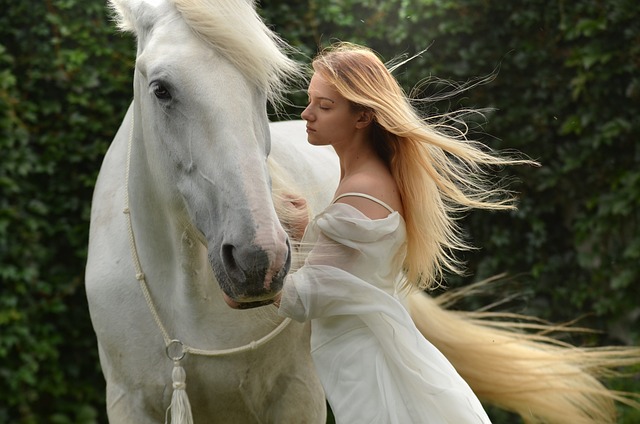Spis Treści
Do Horses Fly When Running?
When it comes to horses and their incredible speed, many people wonder if these majestic creatures can actually fly when running. In this article, we will delve into the topic and explore the truth behind this fascinating question.
Understanding Horse Anatomy
Before we can answer the question of whether horses fly when running, it is important to understand the anatomy of these magnificent animals. Horses are large, strong mammals with a unique skeletal structure and muscular system that allows them to move with grace and power.
When a horse runs, its powerful hind legs propel its body forward, while the front legs provide balance and support. The horse’s body is designed to efficiently transfer energy from the hindquarters to the front, allowing for swift and agile movement.
The Mechanics of Running
When a horse runs, it goes through a series of complex movements that enable it to achieve high speeds. These movements involve a combination of galloping and jumping motions, which may give the illusion of flying to some observers.
Here is a breakdown of the mechanics involved in a horse’s running motion:
- Galloping: The primary gait used by horses when running is galloping. Galloping involves a sequence of three beats: the hind legs push off, followed by a moment of suspension when all four legs are off the ground, and finally the front legs touch down.
- Jumping: As horses gallop, they also exhibit a slight jumping motion. This is due to the powerful thrust generated by the hind legs, causing the horse’s body to momentarily leave the ground. However, it is important to note that this jumping motion does not constitute actual flight.
The Illusion of Flying
While horses do not possess the ability to fly in the same way birds or insects do, their running motion can create the illusion of flight. This is primarily due to the combination of their powerful galloping and jumping movements, which can make it appear as though the horse is momentarily airborne.
Additionally, the grace and elegance with which horses move can further contribute to the perception of flight. Their long, flowing manes and tails, coupled with their strong and muscular bodies, create a visually stunning spectacle that can give the impression of horses soaring through the air.
Factors Affecting Speed
While horses may not truly fly when running, their speed is still a remarkable feat. Several factors contribute to a horse’s ability to achieve high speeds:
- Breed: Different horse breeds have varying levels of natural speed. Breeds such as the Thoroughbred and Arabian are known for their exceptional speed and agility.
- Training: Proper training and conditioning play a crucial role in a horse’s speed. Regular exercise, a balanced diet, and appropriate rest are essential for maintaining peak performance.
- Genetics: The genetic makeup of a horse can also influence its speed. Horses with parents or ancestors known for their speed are more likely to possess similar traits.
- Track Conditions: The condition of the track or terrain can impact a horse’s speed. Factors such as the surface type, weather conditions, and track maintenance can all affect a horse’s performance.
Conclusion
While horses do not possess the ability to fly when running, their incredible speed and graceful movements can create the illusion of flight. Understanding the mechanics of a horse’s running motion and the factors that contribute to their speed can help us appreciate the beauty and athleticism of these magnificent creatures.
So, the next time you witness a horse in full gallop, remember that although they may not be soaring through the air, they are still capable of achieving remarkable speeds and captivating our hearts with their elegance.


















